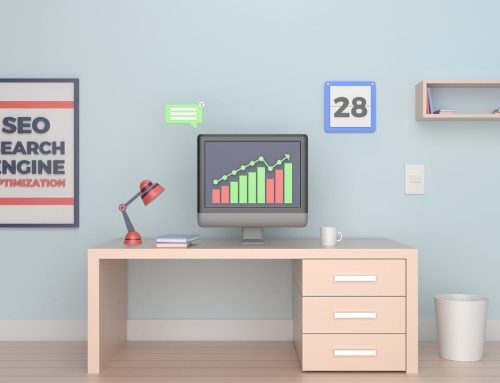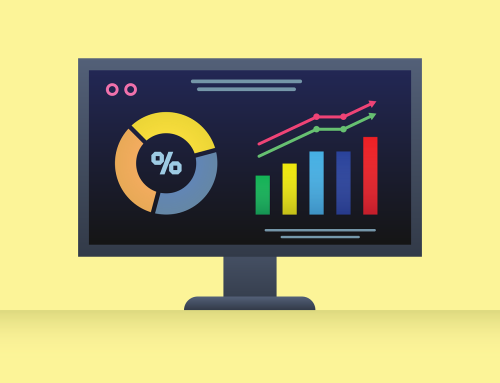
It’s no secret; visual creations are a necessity for engaging online audiences. Be it an image, an infographic, a video, or any other type of optical amusement, people can’t get enough of it. A large portion of why images are so exciting is that humans are naturally visual creatures and 90 percent of the information processed by our brains comes in viewable form. This is the very same reason why people are able to process visuals 60,000 times faster than text alone.
When images are integrated with blog posts, social updates, or even sent to a friend via text, they instantly become more compelling. When it comes to marketing to audiences across the Web, visuals are needed to pull attention away from all of the other distractions competing for a user’s interest. No matter if the image is one you captured yourself, or a beauty that came from one of the many photography sites around the Web, they are needed to keep people engaged and to improve SEO.
As far as search engines are concerned, they cannot see images per se, but they still register and provide meaning to them. Images can be a SEO boon when properly leveraged because they provide further context to the copy and help to rank higher for the keywords they are optimized for. More than that, images can often sway readers into reading, or reading further into a piece of material.
The problem is that most are not aware of how to take advantage of them properly; 78 percent of SEO problems are related to image optimization. That seems like a pretty big red flag that is worth exploring further.
If you want to uncover how to resolve this image issue and help boost your site in the SERPs, then check out these six optimization techniques.
A Flawless File Name
This is where image optimization begins. The file name is going to provide Google the majority of the information on what the image is about, so be sure to accurately describe the picture using the keyword that you are trying to rank for. It is best to put keywords as close to the beginning of the file name as possible. For example, if the image you are using is of a parrot in a massive tree, it should be called something like parrot-tree-big.jpg. Since parrot is the word I am trying to rank for, that comes first. With a file name in place, you can move on to alt and title text.
Text that Gives Context
It has happened to all of us — landing on a webpage where there should be an image but it has failed to load. Depending on what caused the failure, whether it was the site or something on our end, this situation can sometimes cause issues.
To avoid this on your site, it is important to add alt text with keywords you are aiming to rank for; you want to ensure that no information or functionality is lost.
In addition to alt text, you should also be utilizing the title text of an image. This space is designated for less pertinent information such as the mood of the graphic shown. Utilizing these tags to their fullest is only going to improve your SEO efforts.
Scaling for SEO Success
As we all know, speed is an important ranking factor to Google. Site load times, especially on mobile, impact the user experience and can, therefore, impact your seat in the SERPs. When adding images to a site, blog, or otherwise, be sure to scale images down to the size you want to show. If you add a large image to a page and merely display it as small, the whole thing still has to load and bogs down the page. If you want people to be able to view large images close up, like for products, provide the option to pull up a bigger graphic in a pop-up or new window.
Keep in mind, however, that just because you have resized your image does not mean that the file size is good to go…
Shrink File Sizes and Choosing the Proper Format
To continue to optimize your webpage for speed, you will want to serve up the attached images in the smallest file size possible. You can achieve this by removing a file’s EXIF data or by using tools such as ImageOptim, JPEGMini, and a variety of others.
It is also critical that you are uploading the correct file type for each scenario. Remember that:
- JPEG is superior for eCommerce situations because it provides excellent quality and small file sizes.
- GIFs are best for thumbnails and similarly small graphics.
- PNGs are perfect for decorative use and come with a very small file size.
Choose the best file type for a given purpose to help increase your site’s load time and UX.
XML Image Sitemaps
People often wonder about image sitemaps, but Google is quite explicit on the matter:
“To give Google information about images on your site, you’ll need to add image-specific tags to a sitemap. You can use a separate sitemap to list images, or you can add image information to an existing sitemap. Use the method works for you!”
Including your images in an XML sitemap will help the search engine index your images and improve the quality of your SEO efforts.
Image optimization is just as big of a piece of the SEO puzzle as any other technique. Don’t hold your blueprint back by failing to focus on image optimization. It may take a bit of extra time, but in the long run, it will be worth it for the extra bump in the SERPs.





